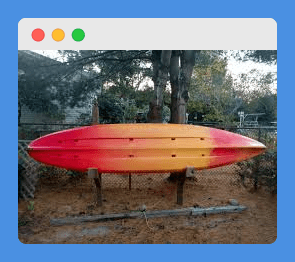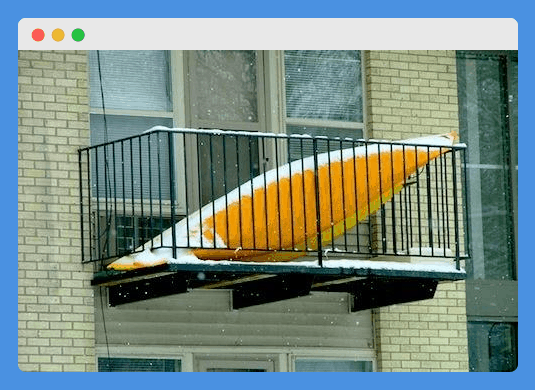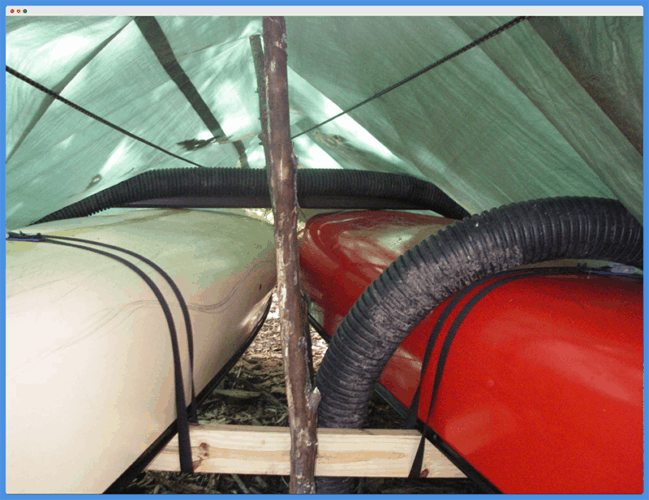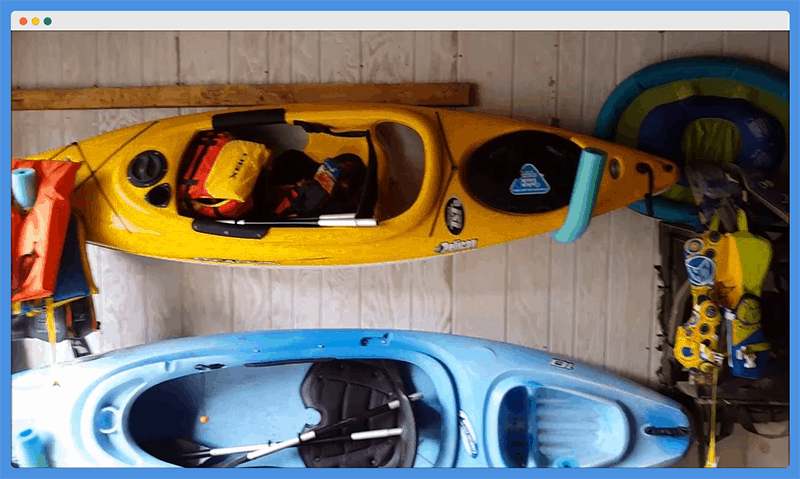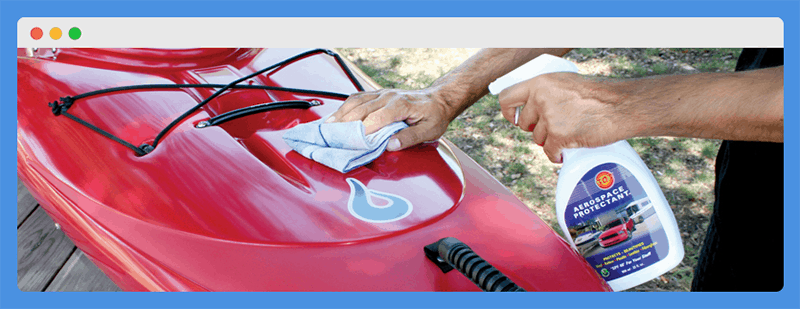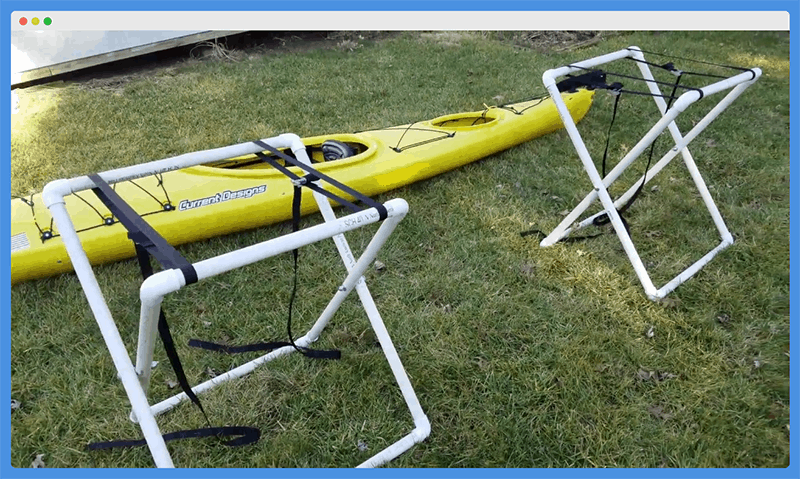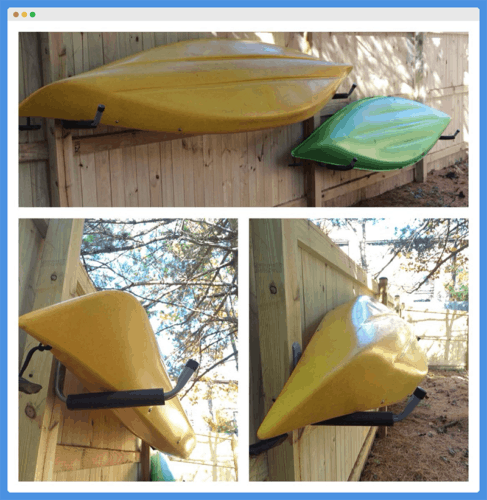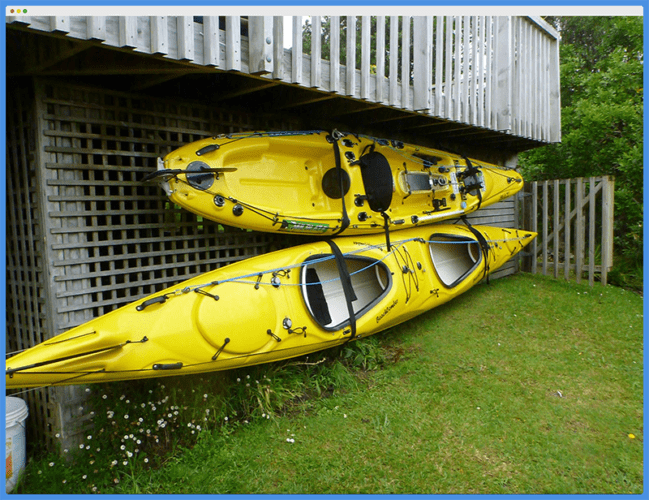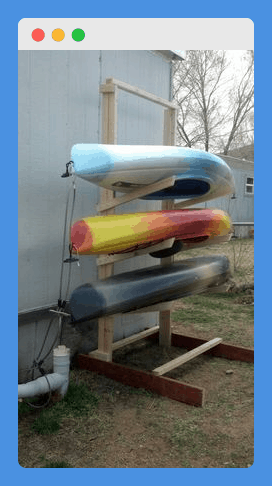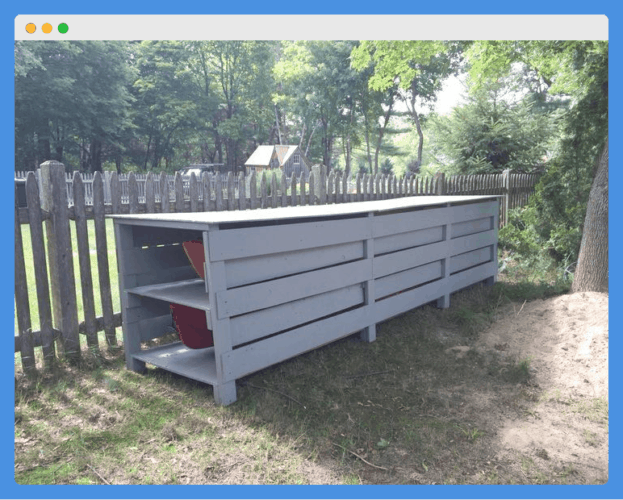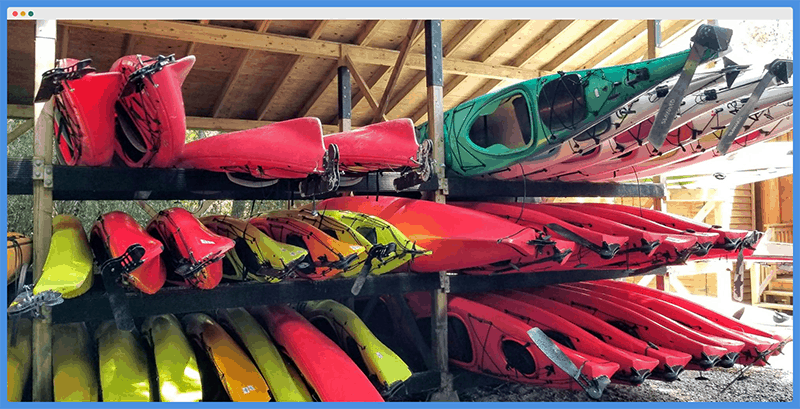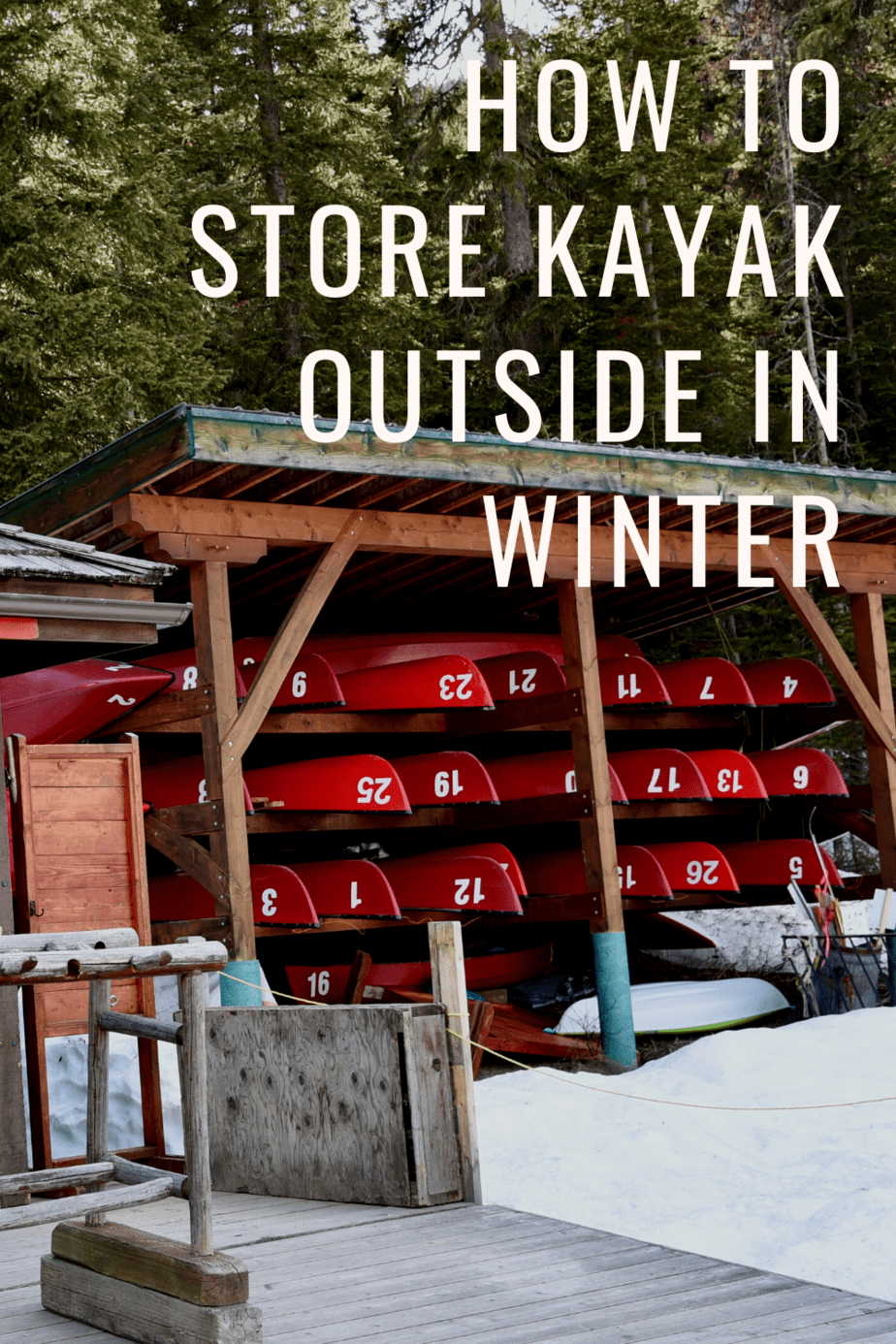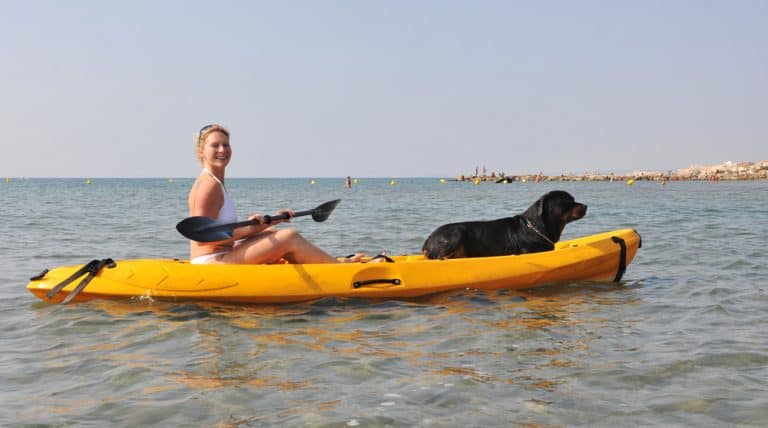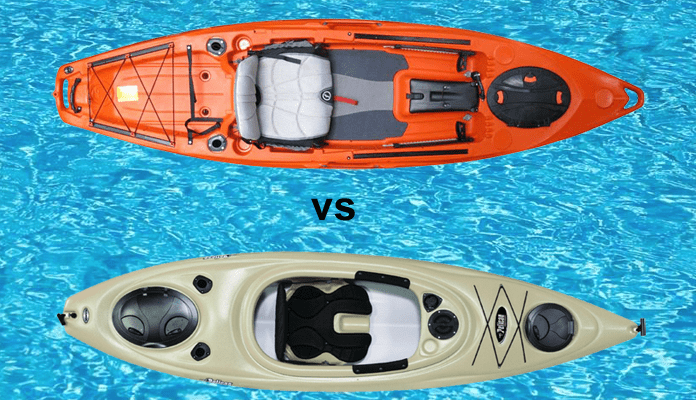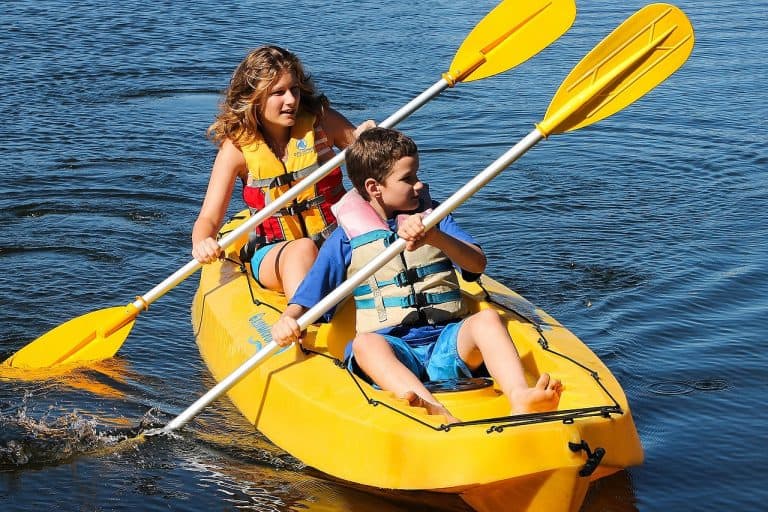Winter can wreak havoc on kayaks. Cold temperatures and moisture can cause damage to your kayaks. This leads to their reduced lifespan.
Properly storing your kayak when it’s not in use is important. If you’re a new kayak owner, learn how to properly store your kayak. Learning proper paddling techniques is equally vital. If you live in a place that experiences cold or wet winters, you should know how to store a kayak outside in winter.
In this article, we are going to talk about this at length.
We’ll start by identifying reasons why winter is hard on kayaks. This will be followed by some do’s and don’t for kayak storage. Finally, we will discuss some kayak storage ideas to help you effectively store them outside in winters.
Also Read: Best Ways To Store A Kayak In Garage
Why Winter Is Hard On Kayaks?
If you want your kayaks to stay good at the onset of summer, you must take care of them during the winter. Here’s why winter can be tough on your kayaks if you store them outside.
Freeze-Thaw Cycles
Freeze-thaw cycles are mainly responsible for creating cracks in large granite boulders on the summits of cold mountain passes. If they can break rock apart, imagine what they can do to your kayak.
If you don’t store your kayak properly in the winter, the regular expansion and contraction of snow and ice on your kayak can cause the rotomolded plastic itself to crack. This will lead to leaks and call for repairs when spring comes around.
Critters
Humans tend to spend more time indoors during the winter. The rest of nature’s creatures also look for places to stay warm. Families of mice or squirrels spend a comfortable winter underneath an overturned kayak.
The problem with this is that critters tend to chew up foam kayak seats, bungee straps, and even rubber hatch covers.
They use these materials to add insulation for their burrows. You probably won’t be happy with that when you overturn your kayak in the spring.
Also Read: Best Outdoor Kayak Storage Bags
Snow Load
Snow load can place a lot of weight on your kayak if you store it outside without a cover.
Though you can build clearing off your kayaks into your regular snow removal routine, but it can be easy to fall behind if you live in a place where you receive a lot of annual snowfall.
The extra weight can cause a kayak to crack, bend, or dent. Kayaks are not made to handle a lot of weight when they’re stored on the ground. Leaving too much snow on them during the winter can cause significant damage.
Kayak Storage Dos And Don’ts
To get the most out of your kayak, you need to know how to care for it both on and off the water. Let’s start by identifying some simple dos and don’ts.
DO ”¦ Store It Up Off The Ground!
To avoid your kayaks from damage, store them up off the ground. Even if you don’t get a lot of snow, leaving your kayak on the ground for several months can cause the bottom side to become dented.
Storing your kayak on the ground also makes it easier for certain critters to find a home inside. By storing it on an elevated rack, you’ll reduce the likelihood of small animals repurposing your kayak for their winter home.
Also Read: Winter Kayaking Tips For Beginners
DON’T ”¦ Just Leave It Outside!
As discussed, there are many reasons why you shouldn’t leave your kayak outside in winter. Snow load can cause large dents or complete collapses.
Freeze-thaw cycles can crack the molded plastic of your kayak. As a result, it may require repair in the spring. Though you can store your kayak outside in the winter, but leaving it unprotected means reducing its lifespan.
DO ”¦ Cover It Somehow!
If you store a kayak outside in winter, it must be covered. This will keep snow and rain from getting on or in your kayaks. The moisture is the primary cause of damage from freeze-thaw cycles.
Covering your kayak also protects it from falling leaves, pine cones, and other debris that comes with winter. It will keep the snow load off your boats and also make them easier to clean and prep when it’s time to paddle again in the spring.
DON’T ”¦ Store Seats, PFDs, and Other Accessories Inside!
It’s natural to store seats, PFDs, and other accessories right in the cockpit of your kayak. This keeps everything organized in one place. Honestly, it’s not a bad solution if you’re going to store your kayak inside for the winter.
However, when you store your kayak outside, seats, PFDs, and other accessories can become insulation materials for small animals. They love chewing up PFDs to use the foam as added insulation in their burrows.
Additionally, these accessories can mold or rot if they get wet during the winter. It isn’t a problem with the molded plastic of your kayak.
So it’s always best to store your kayak accessories inside where they can stay safe and dry throughout the winter.
DO ”¦ Clean Your Kayaks Before Storing Them!
No matter how you decide to store your kayak, it should be thoroughly cleaned before it goes into storage.
This helps to reduce the long-term effects of dust, dirt, saltwater, and any other debris sitting on your kayak’s surfaces.
You can get away with hosing your kayak off if it’s not super dirty, but a gentle scrubbing with soap and warm water will help remove any grime that’s really stuck on there.
Once you’re done cleaning your kayak, make sure it dries completely before putting it in. Placing a wet kayak in storage can increase the likelihood of mold or mildew developing inside.
Check Out: Cold Weather Kayak Gear List
Winter Kayak Storage Ideas
It’s time to share a few tried-and-tested storage solutions now. These ideas will give you plenty of options for storing your kayaks in winter.
On Stands and Covered With Tarps
Portable kayak stands are the easiest and most affordable way to store a kayak outside in winter. While many of them are designed for your kayak to sit on top with the deck and cockpit facing up, we recommend flipping your kayak over during the winter months.
This prevents moisture from getting inside the cockpit or storage compartments. It also reduces the likelihood of a tarp ripping or tearing in the spots where there’s nothing underneath to support it.
If you take this approach, you should wrap your kayak in a tarp to minimize direct moisture contact.
If you’re storing multiple kayaks side-side-by-side in this manner, you should consider placing a thin sheet of plywood on top of your kayaks after they’re wrapped in tarps. This will make it much easier for you to push snow off the kayaks if it does accumulate.
The only thing to consider with this approach is the security of that plywood. This is especially if you live in an area that receives substantial wind gusts during the winter months.
Covered On A Sidewall or Fence
Wall-mounted kayak racks are a great way to store kayaks outside. They get your kayaks up off the ground and have the added benefit of flipping them over so that moisture can’t accumulate in the cockpit.
Make sure you install the rack into the beams of your fence or the framing on a sidewall of your house.
If you install them into thinner fencing material or drywall, the rack could rip out of the wall with the extra weight of snow or ice in the winter.
It’s recommended to wrap your kayak in a tarp to further reduce the amount of moisture that comes in direct contact with the hull of your kayak. Bungee cords will ensure your tarp stays in place throughout the winter.
You’ll still need to check on your kayaks regularly through the winter though.
Under A Deck
Storing your kayaks under a deck in the winter is a great solution. This is because you won’t have to worry about snow load. That being said, your kayaks may still be subject to moisture dripping through your deck planks.
There are many ways to store kayaks under a deck and they largely depend on the set up of the deck. How much walking space is underneath also matters.
Check out the image above. The owners used wall-mounted kayak straps to suspend their kayaks off the ground.
Even if you store your kayaks under a deck, we recommend getting them off the ground somehow. That could be through the use of kayaks stands or simply propping them up on blocks.
If you take the latter approach, be sure to place your kayak on the blocks with the cockpit facing down. We still recommend wrapping your kayak in a tarp to reduce moisture exposure unless your deck is designed to shed water out and away from your house.
On A Kayak Rack
A kayak rack is a great solution for outdoor kayak storage. This is because it can be set in the most convenient location in your yard. You don’t have to rely on having enough wall space or fence clearance like you would with a wall-mounted rack.
If you choose this route, the cheaper option involves creating your own DIY rack using two-by-fours. You can see a simple T-design in the photo above. However, this option will be more time-intensive than the other.
The other option is to purchase a pre-manufactured kayak rack. You’ll simply need to assemble it and decide the best place to set it in your yard before you load your kayaks on.
As you can see from the photo, the best way to set your kayaks on a rack like this is deck down. Once your kayaks are secure on the rack for the winter, cover the entire structure with multiple tarps.
Depending on the number of kayaks and size of the rack, you’ll need to use multiple tarps and enough string or bungee straps to tie them down adequately. Make sure there’s no seam at the top of the rack for water to leak in.
If the wind is a concern in your area, it may be helpful to further weight the entire rack down using sandbags.
Once your tarps are on, the whole structure can catch a lot of wind. Hence, sandbags are a good idea to keep it from blowing over if you live in a windy location.
In An Open-Air Storage Shed
Our final winter kayak storage idea requires the most up-front investments in terms of both time and money. However, building your own covered, open-air kayak shed is a long-term solution for properly storing your kayak.
The design featured in the photo above is simple. You need to make sure the dimensions of your shed are large enough to completely fit your kayaks underneath. This is because you don’t want to leave the bow or stern exposed to snow or moisture.
Simply add 12 inches to both the length and width of your largest kayak. You can use those dimensions as your guide when determining how much material you need for proper construction.
The shed shown above would require you to regularly remove snow and/or ice from the flat roof. If you live somewhere that receives a lot of snow in the winter, you may consider an angled or A-frame roof that will shed snow naturally.
There are a lot of directions you could go with your own covered storage shed solution. However, if you need help designing and creating your own covered storage solution, check out our article on how to build a kayak storage shed.
Choosing The Right Outdoor Kayak Storage Solution
Before you go, let’s cover a few critical factors that will help you determine which solution is best for you.
Number of Kayaks
The number of kayaks that you need to keep out of the elements for the winter will play into your storage choice. If you’re only storing a single kayak, there’s no reason to buy an expensive kayak rack that can hold up to four boats.
The best solution would probably be portable stands with a tarp covering. However, if you have 3-4 kayaks to store, putting them all up on stands is going to be prohibitive in terms of both cost, and space in your yard.
Think about how many kayaks you need to store before settling on a solution. As you start to store more kayaks, a wall-mounted or freestanding rack begins to make more sense. This is because they’ll save space and give you just one place to cover or wrap your kayaks.
Yard Space
The amount of space you have to store kayaks in your yard also comes into play. For example, storing your kayaks on a sidewall or under the deck makes sense for small yards where you want to maintain space for outdoor winter activities.
If you have enough yard space to do it, however, building a more permanent open-air kayak storage shed is a great option.
This will make storing your kayaks as simple as placing them in the shed. It eliminates the need to worry about tarping them and regularly clearing snow all winter.
Your Environment
Do consider the winter conditions in your area when picking the right kayak storage solution.
Those who live in climates that receive heavy amounts of annual snowfall, are most likely to need a solid structure under which to store their kayaks.
However, if you only deal with rain and the occasional night with temperatures dropping below freezing, storing your kayaks might be as simple as placing them neatly under your deck.
If this is the case for you, your larger concern will probably be small animals or insects creating homes in your kayak. And you already know the value of a quality tarp in alleviating that issue.
The three main winter factors that cause damage to your kayak are temperature swings, moisture, and critters. Identifying the most prevalent in your environment will help you choose the best kayak storage solution for your situation.



